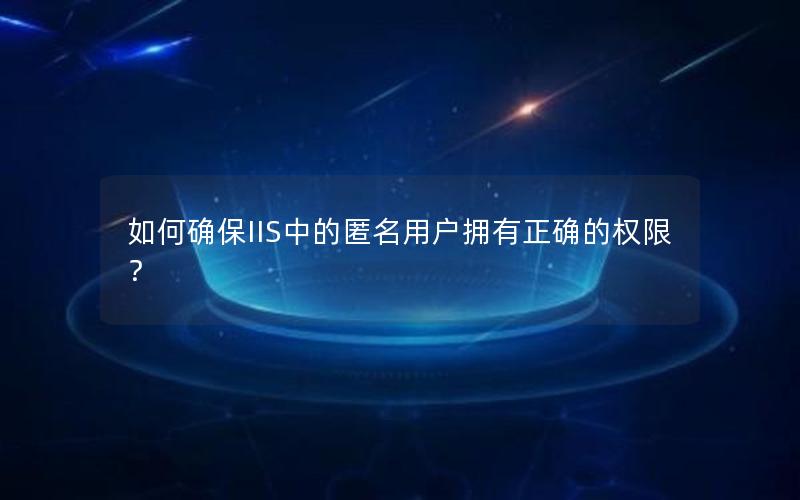本文实例为大家分享了UDP实现聊天室功能的具体代码,供大家参考,具体内容如下
项目结构
data.java
?
|
1
2
3
4
5
6
7
8
9
10
11
12
13
14
15
16
17
18
19
20
|
package udp;
import java.net.InetAddress;
public class data {
InetAddress Address;
int Port;
public InetAddress getAddress() {
return Address;
}
public void setAddress(InetAddress address) {
Address = address;
}
public int getPort() {
return Port;
}
public void setPort(int port) {
Port = port;
}
}
|
服务器端
Server.java
?
|
1
2
3
4
5
6
7
8
9
10
11
12
13
14
15
16
17
18
19
20
21
22
23
24
25
26
27
28
29
30
31
32
33
34
35
36
37
38
39
40
41
42
43
44
45
46
47
48
49
50
51
52
53
54
55
56
57
58
59
60
61
62
63
64
65
66
67
68
69
70
71
72
73
74
75
76
77
78
79
80
81
82
83
84
|
package udp;
import java.io.IOException;
import java.net.DatagramPacket;
import java.net.DatagramSocket;
import java.net.InetAddress;
import java.net.SocketException;
import java.util.ArrayList;
public class Server {
DatagramSocket socket = null;
ArrayList<data> client;
public Server() {
try {
socket = new DatagramSocket(8888);
} catch (SocketException e) {
// TODO Auto-generated catch block
e.printStackTrace();
}
client = new ArrayList<data>();
}
public void s_r(){
try {
while(true) {
byte[] buf = new byte[3000];
//接收数据的数据包
DatagramPacket packet = new DatagramPacket(buf,buf.length);
socket.receive(packet);
//地址
InetAddress clientAddress = packet.getAddress();
//端口号
int clientPort = packet.getPort();
data d = new data();
d.setAddress(clientAddress);
d.setPort(clientPort);
int i=0;
//判断客户端集合里是否存在发送新消息的客户端
for(;i<client.size();i++) {
if(client.get(i).getAddress().equals(clientAddress)&&client.get(i).getPort()==clientPort) {
break;
}
}
if(i==client.size()) {
client.add(d);
}
String s=new String(packet.getData()).trim()+"来自:"+clientAddress.getHostAddress()+":"+clientPort;
System.out.println(s);
//把信息发给每个客户端
for(data c:client) {
try {
//地址
InetAddress cAddress = c.getAddress();
//端口号
int cPort = c.getPort();
buf = s.getBytes();
//创建要发送的数据包
packet = new DatagramPacket(buf,buf.length,cAddress,cPort);
socket.send(packet);
} catch (IOException e) {
// TODO Auto-generated catch block
e.printStackTrace();
}
}
}
} catch (SocketException e) {
// TODO Auto-generated catch block
e.printStackTrace();
} catch (IOException e) {
// TODO Auto-generated catch block
e.printStackTrace();
}finally {
if(socket!=null)socket.close();
}
}
public static void main(String[] args) {
Server s = new Server();
s.s_r();
}
}
|
客户端
package udp;
?
|
1
2
3
4
5
6
7
8
9
10
11
12
13
14
15
16
17
18
19
20
21
22
23
24
25
26
27
28
29
30
31
32
33
34
35
36
37
38
39
40
41
42
43
44
45
46
47
48
49
50
51
52
53
54
55
56
57
58
59
60
61
62
63
64
65
66
67
68
69
70
71
72
73
74
75
76
77
78
79
80
81
82
83
84
85
86
87
88
89
90
|
import java.io.BufferedReader;
import java.io.IOException;
import java.io.InputStreamReader;
import java.net.DatagramPacket;
import java.net.DatagramSocket;
import java.net.InetAddress;
import java.net.SocketException;
import java.net.UnknownHostException;
public class Client {
DatagramSocket socket = null;
DatagramPacket packet;
InetAddress address = null;
Client(){
try {
socket = new DatagramSocket();
} catch (SocketException e) {
// TODO Auto-generated catch block
e.printStackTrace();
}
}
public void s_r() {
try {
// 把表示服务器端IP地址的字符串转换成InetAddress对象
address = InetAddress.getByName("127.0.0.1");
} catch (UnknownHostException e) {
// TODO Auto-generated catch block
e.printStackTrace();
}
String s = "登陆";
byte[] b = s.getBytes();
packet = new DatagramPacket(b,b.length,address,8888);
try {
socket.send(packet);
} catch (IOException e1) {
// TODO Auto-generated catch block
e1.printStackTrace();
}
//发送消息的线程
new Thread(new Runnable() {
@Override
public void run() {
// TODO Auto-generated method stub
String sendStr;
BufferedReader stdIn = new BufferedReader(new InputStreamReader(System.in));
try {
while((sendStr = stdIn.readLine())!=null) {
byte[] buf = sendStr.getBytes();
packet = new DatagramPacket(buf,buf.length,address,8888);
socket.send(packet);
}
} catch (IOException e) {
// TODO Auto-generated catch block
e.printStackTrace();
}
}
}).start();
//接收消息的线程
new Thread(new Runnable() {
@Override
public void run() {
// TODO Auto-generated method stub
byte[] buf_1 = new byte[3000];
// 使用空字节数组构造空数据包
DatagramPacket packet = new DatagramPacket(buf_1,buf_1.length);
try {
while(true) {
socket.receive(packet);
String received = new String(packet.getData(),0,packet.getLength()).trim();
System.out.println("接收到的信息:"+received);
}
} catch (IOException e) {
// TODO Auto-generated catch block
e.printStackTrace();
}
}
}).start();
}
public static void main(String[] args) {
Client c = new Client();
c.s_r();
}
}
|
以上就是本文的全部内容,希望对大家的学习有所帮助,也希望大家多多支持快网idc。
原文链接:https://blog.csdn.net/qq_43496829/article/details/104553025
相关文章
猜你喜欢
- ASP.NET本地开发时常见的配置错误及解决方法? 2025-06-10
- ASP.NET自助建站系统的数据库备份与恢复操作指南 2025-06-10
- 个人网站服务器域名解析设置指南:从购买到绑定全流程 2025-06-10
- 个人网站搭建:如何挑选具有弹性扩展能力的服务器? 2025-06-10
- 个人服务器网站搭建:如何选择适合自己的建站程序或框架? 2025-06-10
TA的动态
- 2025-07-10 怎样使用阿里云的安全工具进行服务器漏洞扫描和修复?
- 2025-07-10 怎样使用命令行工具优化Linux云服务器的Ping性能?
- 2025-07-10 怎样使用Xshell连接华为云服务器,实现高效远程管理?
- 2025-07-10 怎样利用云服务器D盘搭建稳定、高效的网站托管环境?
- 2025-07-10 怎样使用阿里云的安全组功能来增强服务器防火墙的安全性?
快网idc优惠网
QQ交流群
您的支持,是我们最大的动力!
热门文章
-
2025-06-04 83
-
2025-06-05 43
-
2025-05-29 41
-
2025-06-04 85
-
2025-05-25 24
热门评论











